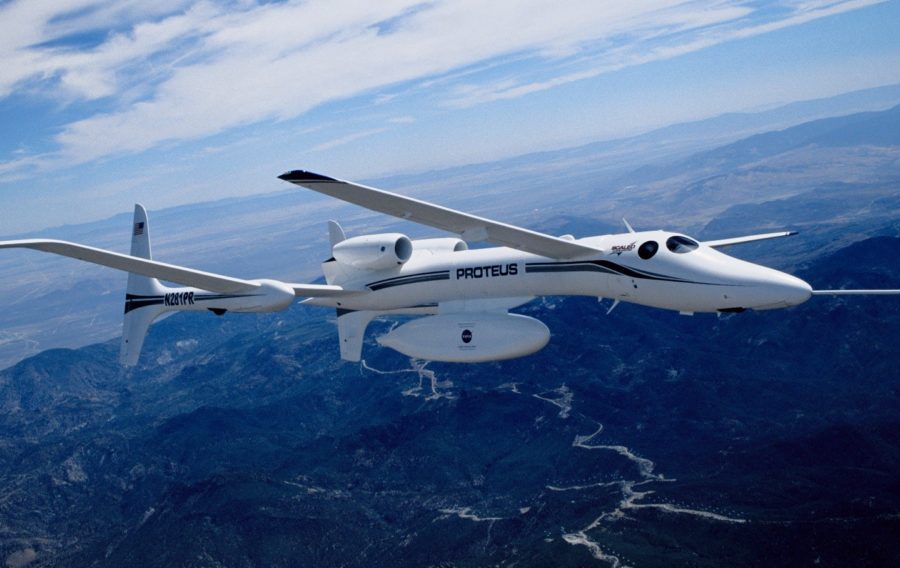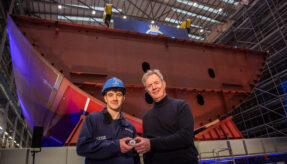
Northrop Grumman and the US Defense Advanced Research Projects Agency (DARPA) have set a new standard for wireless transmission, having operated a data link at 100 gigabits per second (Gbps) over a 20 kilometre urban environment.
To put this achievement in relatable terms, the data rate was quick enough to download a 50 Gigabyte Blu-ray video in four seconds. The successful demonstration also marked an end to Northrop Grumman’s Phase II contract for the DARPA 100 Gbps (100G) RF Backbone programme.
“This dramatic improvement in data transmission performance could significantly increase the volume of airborne sensor data that can be gathered and reduce the time needed to exploit sensor data,” said Louis Christen, Director of Research and Technology at Northrop Grumman
“Next generation sensors such as hyperspectral imagers typically collect data faster, and in larger quantity than most air-to-ground data links can comfortably transmit. Without such a high data rate link data would need to be reviewed and analysed after the aircraft lands.”
By that same token, a 100G data link could transmit high-rate data directly from the aircraft to commanders on the ground in near real-time, allowing them to respond more quickly to dynamic operations.
The successful 100G ground demonstration sets the stage for the flight test phase of the 100G RF Backbone programme. This next phase demonstrates the 100G air-to-ground link up to 100 Gbps over a 100 kilometre distance and extended ranges with lower data rates. The 100G hardware will be flown aboard the Proteus demonstration aircraft developed by Northrop Grumman subsidiary Scaled Composites.
Northrop Grumman’s 100G industry team included Raytheon, which developed the millimetre wave antennas and related RF electronics, and Silvus Technologies, which provides the key spatial multiplexing and MIMO signal processing technologies.
If you would like to join our community and read more articles like this then please click here.







